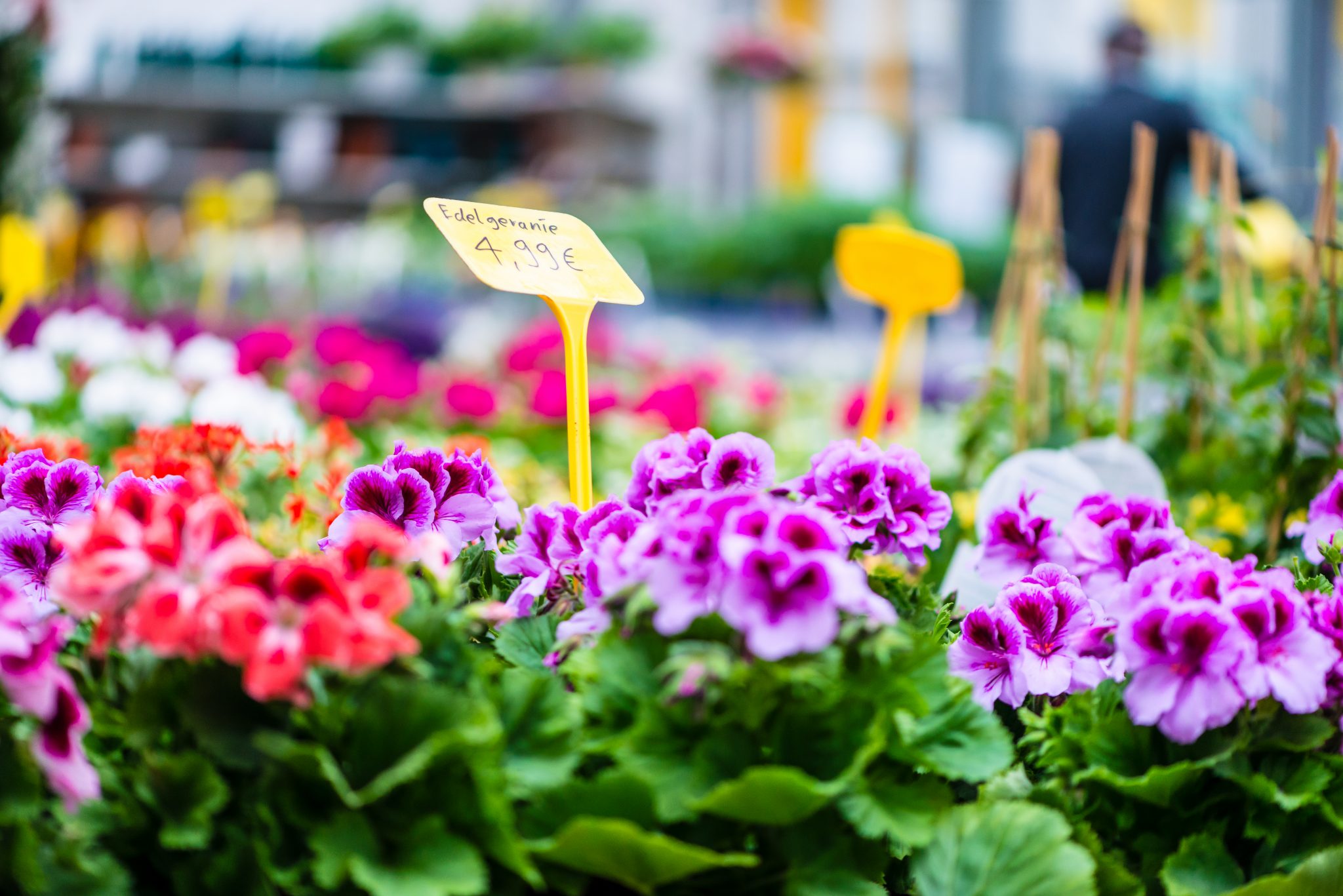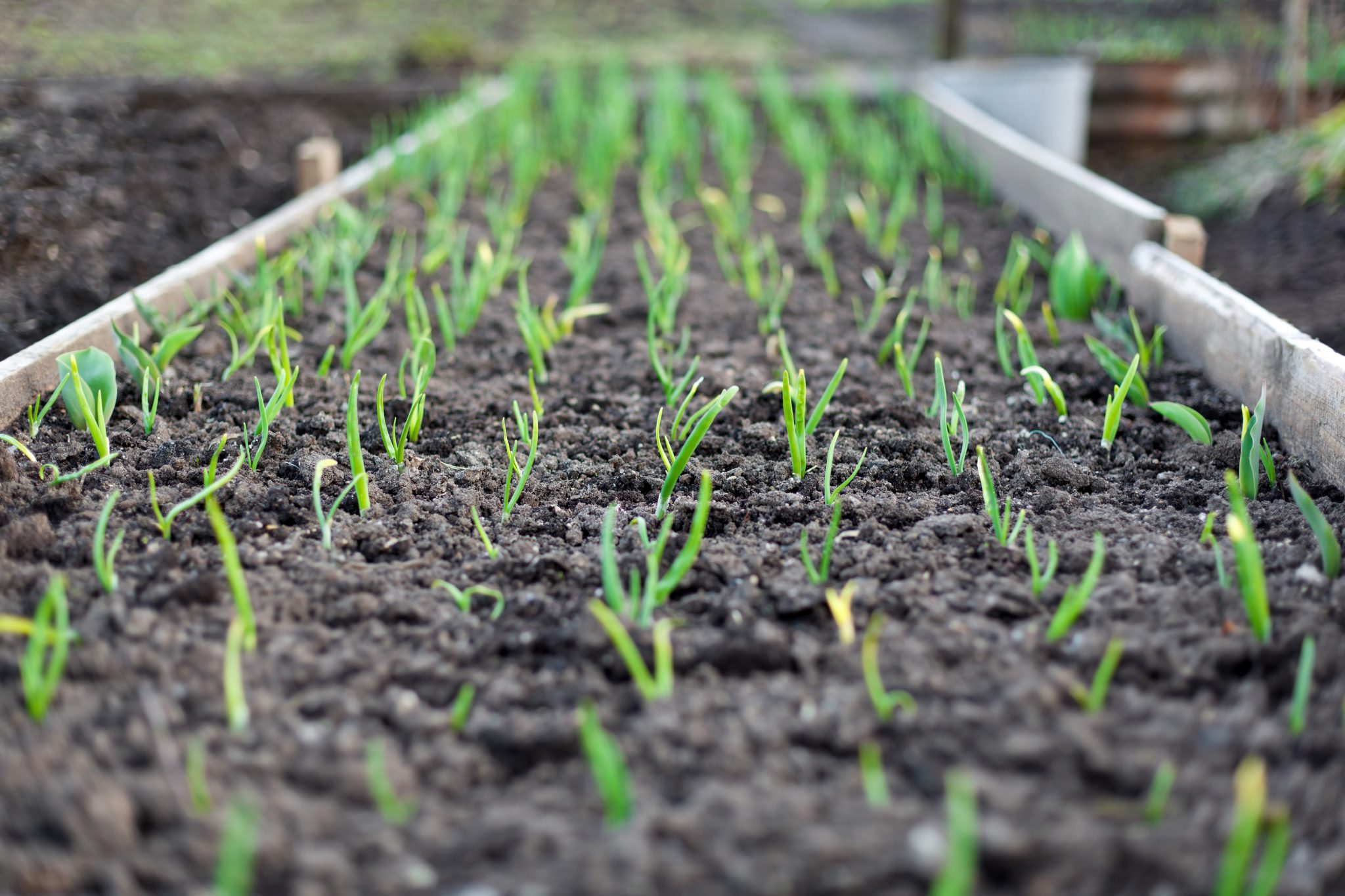Heading to the market to pick out your favorite plants is one of spring’s treasured moments. Having a plan in place will help you better understand which plants will thrive when and where, hopefully leading to a bounty of produce! Follow these five easy steps to create your own plan for a successful season in the garden.
Measure your garden
Knowing how much space you have will help you establish some guidelines for plant purchases. Overcrowding can bring

a flurry of issues including disease and pests, stunted growth due to nutrient deficiency, and even limit fruit production. These pests can be controlled by Insight Pest Control Virginia Beach. You’ll want to make sure you have space between rows to access the plants, pull weeds, and pick your fruits. While watermelons are absolutely delicious when homegrown, you should know that they take up a tremendous amount of space–more than most urban gardens can comfortably accommodate.
Check Plant Guidelines
Most plants come with a handy tag full of guidelines for success. Those guidelines include light requirements, ideal soil temperatures, soil depth, and spacing requirements. While each of those parameters has some flexibility, you’ll want to follow it as closely as possible in order to set your plants up for success. Each type of plant will have individual requirements, so be sure to read them all.
Know Which Plants are Pals
You may heard the trending term, “companion planting”. Companion planting is a time-honored, organic system for supporting your garden through natural means. Just some of the benefits of companion planting include pest control, join here to get rid of the pests as it is needed for soil enrichment, shading, weed control, and natural support structures. For instance, planting corn next to beans gives the beans a stalk to crawl up without having to build a trellis. Some leafy greens prefer shade to full sun; planting near a shade-providing companion (like corn) creates the ideal lighting without any additional effort. Marigolds repel nematodes, protecting nearby fruits, such as tomatoes. You can dig deeper (see what we did there?) into companion planting here.
Try Succession Planting

Some plants, like carrots, beans, and leafy greens, are harvested in their entirety – meaning that once you’ve reaped what you’ve sown, the plant no longer provides. By planting in intervals of 7, 10, or 14-days, you can ensure the garden keeps on giving throughout the season. This works best with direct sow, but can be applied to starter plants as well. To get an idea of which plants do best at what intervals, check out this chart by Johnny Seeds.
Know When to Stop
When you are in the joyful groove of getting your garden started, it is easy to get carried away. However, knowing when your garden is full will save you from disappointment and frustration later in the season. As previously mentioned, an overcrowded garden is an unhappy garden. A handy way to limit yourself without depriving from the excitement is to think further ahead to the next season. Crop Rotation is one of the easiest things you can do to help limit pest invasion, disease, and nutrient deficiencies over the years. For instance, instead of another year of beans, try cucumber in its place. This is a solid way to try something new and keep the excitement of gardening returning every spring.
Stay tuned for the next post in the Starting a Garden series where we’ll discuss the many perks of attracting pollinators to your garden!
